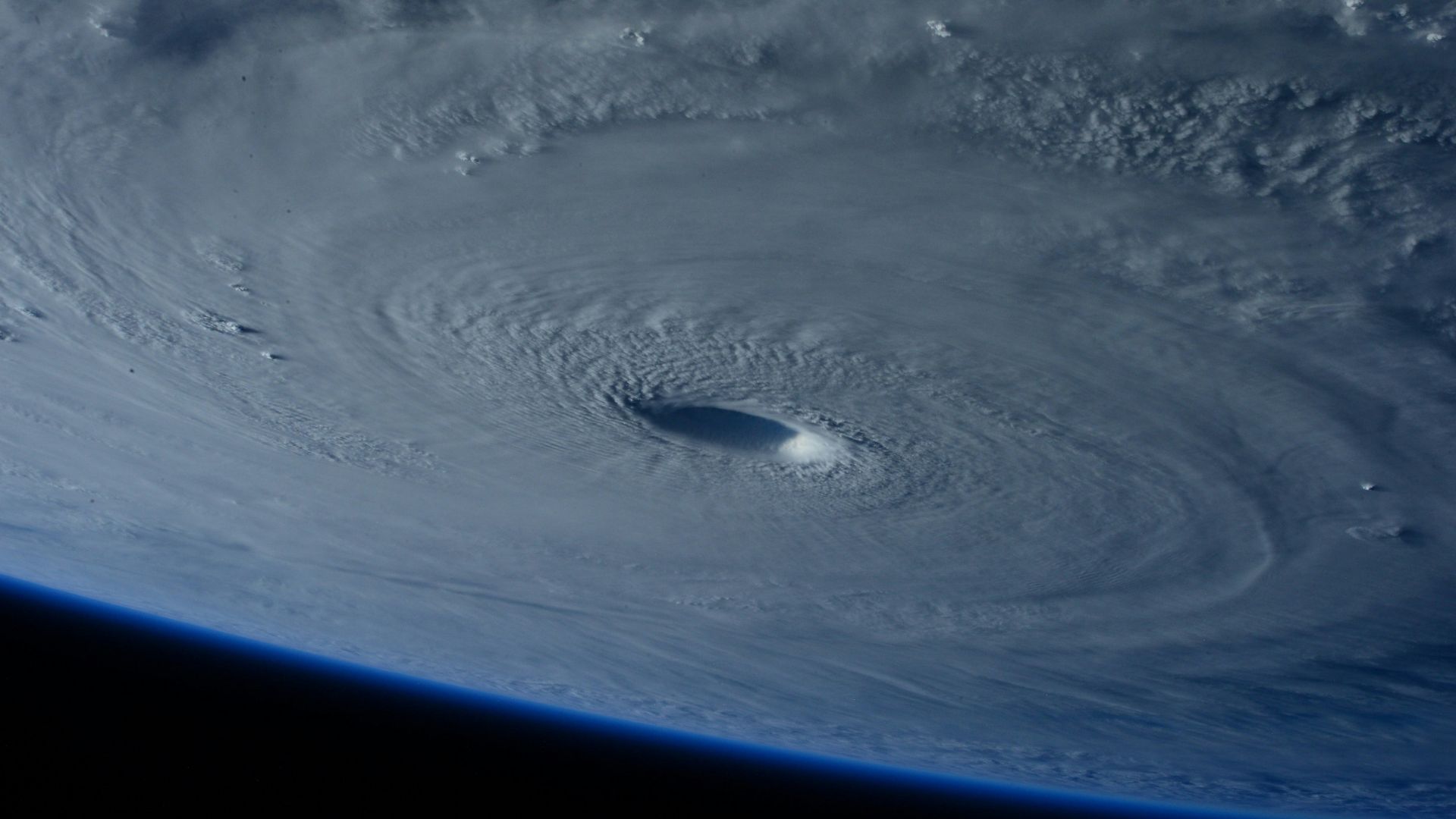The first heat wave of the summer of 2024 will occur next week. However, the National Weather Service is already issuing warnings to many states in the West, explaining that this heat wave could bring about “life-threatening” temperatures in many regions of the U.S.
Experts have stated that if this heat wave truly brings the high temperatures it’s being anticipated to, then heat records may be broken in many parts of the country.
2024’s First Heat Wave

According to meteorologists, the U.S.’s first heat wave of the year will start by spreading over the West in just the next couple of days.
This heat wave will quickly help to push temperatures to “life-threatening” levels in many states in the West. The states that will likely be hit with the highest temperatures will be Nevada, Arizona, and California.
Temperatures Over 100 Degrees

The National Weather Service has explained that many of these western states will likely reach higher than 100 degrees, thanks to this upcoming heat wave.
Phoenix and Las Vegas — two notoriously hot areas of the United States — could see 111 degrees by the middle of next week.
Death Valley Could Hit a New Record

Las Vegas and Phoenix aren’t alone in potentially reaching high degrees. Experts are already warning that Death Valley, another well-known hot region of the country, could reach 124 degrees by the end of next week.
If Death Valley hits this high, then it could break a new record, as this would be a record-high temperature seen this early in the year in the region.
Life-Threatening Temperatures

For the most part, weather officials are warning many populations in the West of the United States about this upcoming heat wave, as temperatures could quickly become life-threatening and dangerous in only a few days.
The National Weather Service warned Phoenix residents that “extreme heat will significantly increase the potential for heat-related illnesses, particularly for those working or participating in outdoor activities.”
Other Records May Be Broken

Meteorologists have explained that the first heat wave of the year could break a lot of weather records. On average, temperatures don’t reach this high in the U.S. this early on in the year.
For example, Las Vegas could reach 111 degrees next week. If this happens, this high would tie another record for the earliest 111-degree reading in the state that has ever been recorded.
California’s Struggles Amid This Heat Wave

California could particularly struggle once this heat wave hits its area, mainly because of the massive 14,000-acre wildfire that is raging east of San Francisco.
This wildfire has already forced many Californians in the area to evacuate. As firefighters and emergency responders continue to battle the blazes, a record-breaking heat wave won’t help matters at all.
A Moving “Heat Dome”

Experts have explained that this upcoming heat wave in the West of the U.S. is thanks to the incredibly strong “heat dome” that Mexico has seen in the past few weeks.
This heat dome has caused dozens of deaths throughout Mexico. Now, it’s slowly heading north and will arrive in the western part of the United States in the next few days.
What Is a Heat Dome?

According to Weather.com’s meteorologist Jonathan Erdman, a heat dome is “a bubble of high pressure and warm air that suppresses clouds and rain and diverts the storm track well to the north.”
Unfortunately, heat domes can greatly extend heat waves. “When those happen in the heart of summer, they can lead to extended heat waves near their core,” Erdman added.
2024 May Be the Warmest Year Ever

This upcoming heat wave is the first hint of what 2024’s summer may look like. However, for the past few months, experts have warned that 2024 may become the warmest year ever recorded in history, thanks to ongoing rising temperatures and climate change.
The National Oceanic and Atmospheric Administration has explained that 2024 has a 61% chance of becoming the hottest year ever recorded.
The U.S. Is Already Struggling With Hot Temperatures

So far, some areas of the country have already started struggling with incredibly warm temperatures and high humidity.
Areas in Texas, South Florida, and the Gulf Coast have notably been dealing with these hot summer temperatures already, as well as some raging storms.
A Strong Hurricane Season

As temperatures rise around the U.S. — and the rest of the world — ocean temperatures will also rise. This fact has led scientists to predict an incredibly strong hurricane season this year.
As Atlantic Ocean temperatures get warmer, the chance for powerful hurricanes to hit the country becomes much more likely.
